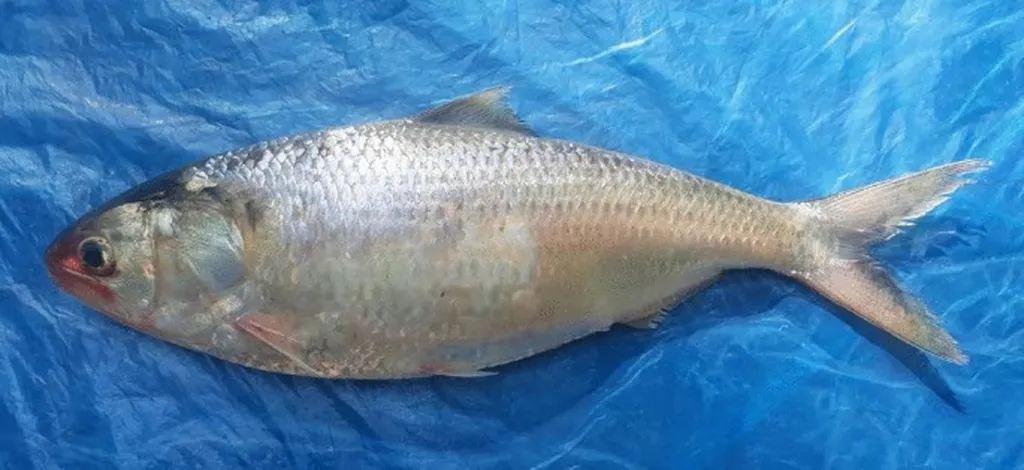In the heart of Bangladesh, where the Meghna and Surma rivers weave through the landscape, a tiny fish is making waves in the world of genetic research. The Hilsa Shad, a species of significant ecological and economic importance, has been the subject of a groundbreaking study led by Md. Toasin Hossain Aunkor, a researcher from the Department of Animal and Fish Biotechnology at Sylhet Agricultural University and the Department of Genetic Engineering and Biotechnology at Shahjalal University of Science and Technology. The study, published in the Journal of Genetic Engineering and Biotechnology (also known as the Journal of Genetic Engineering and Biotechnology), sheds light on the role of heat shock protein 60 (Hsp60) in the thermal stress response of juvenile Hilsa Shad, offering insights that could shape the future of fisheries and aquaculture.
Hsp60, a molecular chaperone, plays a crucial role in assisting proper protein folding under stress conditions. However, its genomic features and temperature-responsive behavior in Hilsa Shad had remained largely unexplored until now. Aunkor and his team employed both computational and experimental approaches to investigate the genomic, proteomic, and expression dynamics of Hsp60 in this anadromous species.
The researchers identified three distinct gene copies of Hsp60 in Hilsa Shad, which showed high sequence similarity to the Hsp60 gene of the well-studied three-spined stickleback. They analyzed the physico-chemical properties, gene structure, functional domains and motifs, and sequence alignment to characterize the paralogs. Phylogenetic analysis and structural modeling further confirmed their close evolutionary relationship and high structural similarity.
But what makes this study particularly intriguing is its exploration of the seasonal modulation of Hsp60 expression. Juvenile Hilsa Shad experience different seasons during their upstream migration, with winter in the Meghna river in February and autumn in the Surma river in September. The study found that all three Hsp60 gene paralogs were significantly upregulated in the gill and liver during the warmer autumn season, suggesting a strong role for these genes in the thermal stress response of Hilsa Shad in the Surma river.
“This finding suggests a strong role for these genes in the thermal stress response of Hilsa Shad in the Surma river,” Aunkor explained. “It demonstrates the role of Hsp60 in maintaining homeostasis in juvenile Hilsa Shad under fluctuating environmental conditions.”
The implications of this research are far-reaching. Understanding the thermal biology of Hilsa Shad could inform fisheries management practices, ensuring the sustainability of this valuable species. Moreover, the insights gained from this study could potentially be applied to other fish species, enhancing their resilience to climate change and improving aquaculture practices.
As Aunkor noted, “This study not only advances our understanding of the thermal biology of Hilsa Shad but also opens up new avenues for research in the field of fisheries and aquaculture.”
In the ever-evolving landscape of genetic research, this study stands as a testament to the power of interdisciplinary approaches in unraveling the mysteries of the natural world. As we grapple with the challenges posed by climate change, studies like this offer a glimmer of hope, paving the way for innovative solutions that safeguard our planet’s biodiversity and the livelihoods that depend on it.

